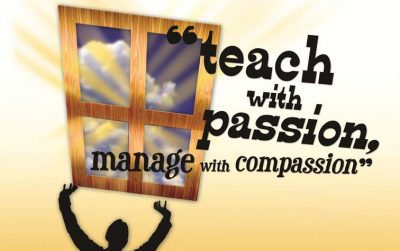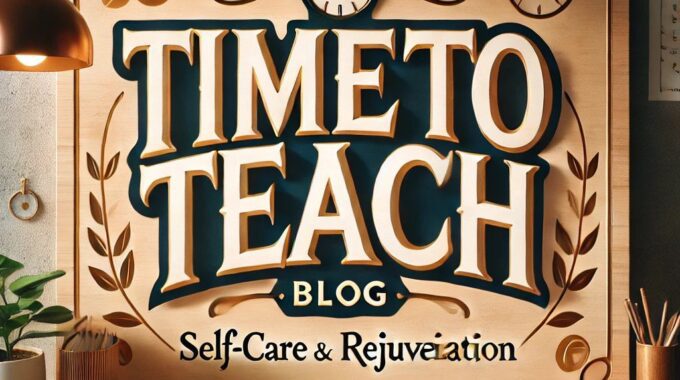As we turn the corner into spring, it’s the perfect time to refresh our teaching…
12 questions that help get at robust technology infusion
We believe in thanking our sources! This post was sourced from the following blog/website: http://feedproxy.google.com/~r/dangerouslyirrelevant/~3/iVwlGECPD7M/12-questions-that-help-get-at-robust-technology-infusion.html
The following is a new blog post related to education and teaching and relevant to our website visitors. The blog post is not based on the opinions or values of our company but is related to education and teaching, so we wanted to share it with YOU! If you ever have any questions please let us know. Now… on to the post!
 If your goal for a lesson, unit, or other instructional activity is to infuse technology more robustly, consider these 12 questions from Section D* of the 4 Shifts Protocol. If you like your answers, awesome! Keep doing that! If you’re not where you want to be yet, pick a couple of questions and select your desired answers instead (e.g., Adults Outside of This School instead of Students In This School). Then do a redesign pivot: How could you redesign the student learning experience to get to your desired answers? Brainstorm with some colleagues or a coach about how to shift the two questions you picked toward richer technology integration. Then go do that instead to get closer to your goal!
If your goal for a lesson, unit, or other instructional activity is to infuse technology more robustly, consider these 12 questions from Section D* of the 4 Shifts Protocol. If you like your answers, awesome! Keep doing that! If you’re not where you want to be yet, pick a couple of questions and select your desired answers instead (e.g., Adults Outside of This School instead of Students In This School). Then do a redesign pivot: How could you redesign the student learning experience to get to your desired answers? Brainstorm with some colleagues or a coach about how to shift the two questions you picked toward richer technology integration. Then go do that instead to get closer to your goal!
D. Technology Infusion
- Communication. How are students communicating?
- Alone** / In pairs / In triads / In groups larger than 3
- If with others, with whom? (circle all that apply)
- Students in this school / Students in another school / Adults in this school / Adults outside of this school
- Communication Technologies. Are digital technologies being used to facilitate the communication processes?
- Yes / No
- If yes, in which ways? (circle all that apply)
- Writing, photos and images, charts and graphs, infographics, audio, video, multimedia, transmedia
- Collaboration. How are students working?
- Alone** / In pairs / In triads / In groups larger than 3
- If with others, with whom? (circle all that apply)
- Students in this school / Students in another school / Adults in this school / Adults outside of this school
- If with others, who is managing collaborative processes (planning, management, monitoring, etc.)?
- Students / teachers / both
- Collaboration Technologies. Are digital technologies being used to facilitate collaborative processes?
- Yes / No / Somewhat
- If yes, in which ways? (circle all that apply)
- Online office suites, email, texting, wikis, blogs, videoconferencing, mind mapping, curation tools, project planning tools, other
- Technology Adds Value. Does technology add value so that students can do their work in better or different ways than are possible without the technology?
- Yes / No / Somewhat
- Technology as Means, Not End. When digital technologies are utilized, do the tools overshadow, mask, or otherwise draw the focus away from important learning?
- Yes / No / Somewhat
- Digital Citizenship. Are digital technologies utilized by students in both appropriate and empowering ways?***
- Yes / No / Somewhat
* Actually, the very best ways to integrate technology into your lessons, units, or instructional activities would be to focus on some items from Sections A, B, and C of the 4 Shifts Protocol. Section D just contains some additional technology-related questions to think about. Sections A, B, and C help you focus on the learning, not just the technology, and thus better address the Technology Adds Value and Technology as Means, Not End questions in Section D.
** Working in isolation (no communication with others) or perhaps just communicating with teacher (e.g., call and response)
*** Effective digital citizenship conversations focus on both safe, responsible use AND empowering, participating use. Digital citizenship discussions ideally are natural extensions of and accompaniments to students’ ongoing, technology-enabled work rather than separate conversations or curricula.
The 4 Shifts Protocol is a fairly new resource that helps teachers, principals, and instructional / technology coaches shift student experiences toward deeper learning, greater student agency, more authentic work, and rich technology infusion. The protocol provides some fairly concrete ‘look fors’ and ‘think abouts’ and can be used as both a diagnostic and a redesign tool. For best results, focus on claims and evidence. That is, if we say something is there (e.g., technology adds value), we should be able to point to it and say, ‘Yes, it’s right there and it’s awesome!’
So far the 4 Shifts Protocol is proving to be a nice complement to SAMR, TPACK, Triple E, PBL, UbD, and other instructional frameworks. And many educators are using these smaller shifts in existing lessons and units to build the capacity of themselves and their students to do more complex project- and inquiry-based work. The protocol is free and licensed under a Creative Commons Attribution-Share Alike International copyright license, so use and modify it as desired!
Let me know what questions you have. Hope the protocol is useful to you!
See also
- 8 questions that help get at deeper learning and thinking
- 8 questions that help get at authentic, real world work
- 9 questions that help get at student agency and personalization
Time To Teach reviews each blog post by our contributors but if you feel this is a blog post better suited for another page please let us know.
Teachers and Educators are our heroes. We want to thank you for the work you do!
Yours In Education!
Time To Teach


Comments (0)